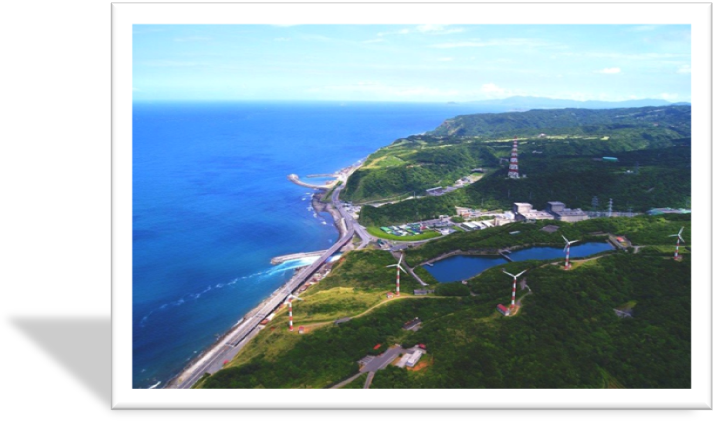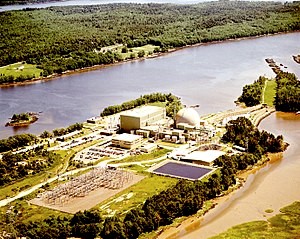Plan Description
Taipower decommission the nuclear power plants in obedience to the government energy policy and the relevant laws and regulations. According to the “Enforcement Rules for the Implementation of Nuclear Reactor Facilities Regulation Act,” the decommissioning of nuclear power plants shall be completed within 25 years upon obtaining the permit for decommissioning granted by the competent authorities. In addition, according to the “Nuclear Reactor Facilities Regulation Act,” the decommissioning plan shall be submitted within 3 years of the permanent cessation of operation thereof. On 25 November 2015, Taipower submitted the decommissioning plan of Chinshin Nuclear Power Plant. In June 2017, the decommissioning plan was approved by the Atomic Energy Council. The Atomic Energy Council issued the permit for decommissioning of Chinshin Nuclear Power Plant on 12 July 2019, and the permit became effective on 16 July 2019. Then the decommissioning of two units of Chinshin Nuclear Power Plant was initiated on 16 July 2019.

In accordance with the decommissioning plan of Chinshin Nuclear Power Plant, the 25-year decommissioning process is mainly divided into four phases: the decommissioning transition phase, the dismantling phase, the final site status survey phase, and the site restoration phase.

Strict environmental protection measures are formulated as part of the decommissioning plan of Chinshin Nuclear Power Plant and adequately implemented, so as to protect the environment. Additionally, in the decommissioning plan, various safety assessments are carried out, and the contingency plan is included, so as to ensure the safety and health of the workers and the public.
Brief introduction of international decommissioning strategy
According to the 'Final Generic Environmental Impact Statement (GEIS) on Decommissioning of Nuclear Facilities' report in NUREG-0586, there are three possible options of decommissioning methods for nuclear power plants: immediate decontamination (DECON), safe storage (SAFSTOR), and long-term storage (ENTOMB). An overview of each model is as follows:
DECON: After the power plant has permanently halted operations, the equipment, structures, facilities, and soil contaminated by radioactivity will be decontaminated and dismantled within a short period of time.
SAFSTOR: After a long period of safe storage of nuclear energy facilities, decontamination and dismantling works are carried out. During the period of storage, most of the power plant facilities are left intact, but the nuclear fuel is removed from the reactor, and radioactive liquids are treated and discharged using the relevant systems and equipment. The attenuation effect of radioactivity after long-term storage helps to reduce the activity of radioactive pollutants.
ENTOMB: Radioactive structures, systems, and equipment are sealed in durable containment barriers (such as concrete barriers), and the suitable maintenance and monitoring are conducted for the barrier structures.


Current status of Maine Yankee Nuclear Power Plant site after decommissioning (ISFSI ONLY).
Decommissioning status of the United Kingdom:
The Nuclear Decommissioning Authority (NDA) was established in 2005 to take charge of the decommissioning of civilian nuclear energy facilities in the UK.
26 of the 30 decommissioned units in the United Kingdom were early Magnox reactors that used graphite as a moderator. Due to the unique nature of this type of reactor, the decommissioning method of safe storage was adopted for the reactor buildings.



